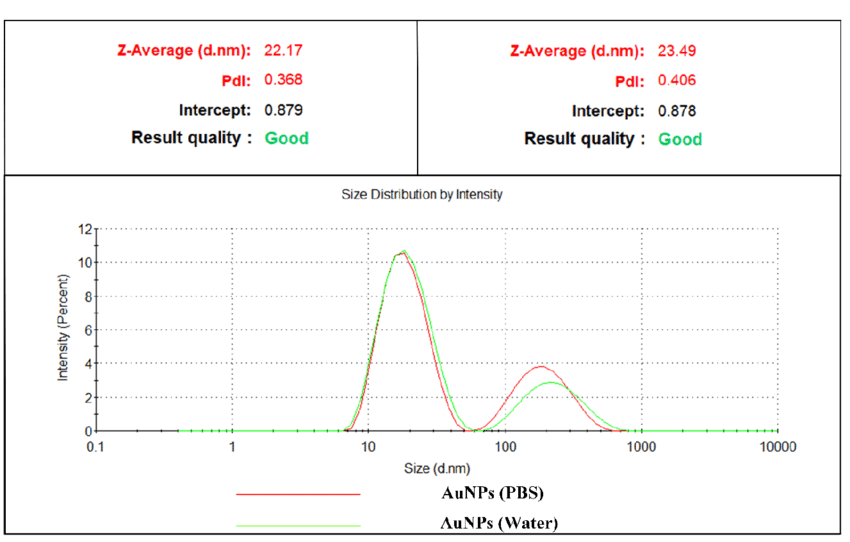Polymers are everywhere. From the plastic containers in your kitchen to the tires on your car, these versatile materials play a crucial role in countless industries. Whether you’re looking at healthcare, packaging, or electronics, polymers form the backbone of innovation and functionality.
Yet, not all polymers are created equal. Their properties can vary widely based on their molecular structure and composition. This is where concepts like the polydispersity index come into play. Understanding this key measurement can help manufacturers optimize polymer quality and enhance performance across applications.
So what exactly is the polydispersity index? Why does it matter? Let’s dive deeper into this essential parameter that shapes our modern world through its influence on polymer science.
What is Polydispersity Index (PDI)?
The polydispersity index (PDI) is a crucial metric in polymer science. It provides insights into the distribution of molecular weights within a polymer sample.
A low PDI indicates that the polymer consists of molecules with similar sizes, leading to uniform properties. Conversely, a high PDI reflects significant variation in molecular weight, suggesting that the material may exhibit unpredictable behavior.
Understanding PDI helps researchers and manufacturers assess how polymers will perform under different conditions. This measurement can influence everything from processing techniques to end-use applications.
In essence, PDI serves as a fingerprint for polymers, revealing their complexity and potential functionality without needing extensive testing or analysis methods.
How PDI is Calculated and its Significance in Polymer Analysis
The calculation of the polydispersity index (PDI) is rooted in a simple concept. It compares the weight-average molecular weight to the number-average molecular weight of a polymer sample. The formula is PDI = Mw / Mn, where Mw represents weight average and Mn denotes number average.
This ratio reveals insights into the distribution of molecular weights within a polymer batch. A lower PDI indicates uniformity in size, while a higher value suggests significant variation.
Understanding PDI is crucial for researchers and manufacturers alike. It influences properties such as viscosity, mechanical strength, and thermal behavior. By analyzing PDI, scientists can predict how polymers will behave under various conditions.
Moreover, controlling PDI allows for customization tailored to specific applications. This adaptability makes it an essential parameter in developing advanced materials across industries like automotive, biomedical, and electronics.
The Relationship between PDI and Polymer Quality
The polydispersity index (PDI) serves as a key indicator of polymer quality. A low PDI typically suggests uniformity in molecular weight, which often translates to enhanced mechanical properties and consistent performance in applications.
Conversely, a high PDI indicates a broad distribution of molecular weights. This can lead to variations in behavior under stress or during processing, potentially compromising the integrity of the final product.
Manufacturers strive for an optimal PDI to ensure that polymers meet specific industry standards. In industries such as pharmaceuticals and automotive, where precision is critical, even slight deviations can have significant repercussions.
By understanding this relationship between PDI and polymer quality, scientists and engineers can tailor their formulations for improved outcomes. This knowledge empowers innovation while enhancing reliability across various applications.
Impact of PDI on Polymer Functionality
The polydispersity index (PDI) plays a crucial role in determining the functionality of polymers. A low PDI indicates uniform polymer chains, which often leads to predictable behavior and performance under various conditions. This consistency is essential for applications requiring precise specifications.
Conversely, a high PDI suggests a broader distribution of molecular weights. This variability can enhance certain properties, such as toughness or flexibility, making the polymer suitable for specific needs like impact resistance.
Understanding how PDI influences characteristics such as melting temperature and solubility is vital for formulators. Tailoring these attributes allows manufacturers to create materials that meet exacting standards across diverse industries.
In areas like coatings or adhesives, the relationship between PDI and functionality becomes even more pronounced. A well-calibrated PDI ensures better adhesion and durability, critical factors for consumer satisfaction and product longevity.
Factors Affecting PDI and Ways to Control it
Several factors influence the polydispersity index, impacting both the manufacturing process and final product characteristics. One crucial aspect is polymerization conditions. Temperature, pressure, and reaction time can significantly alter molecular weight distribution.
Additionally, the choice of catalysts plays a pivotal role. Different catalyst types can lead to variations in polymer structure and uniformity.
Another consideration is solvent quality during synthesis. Impurities or inconsistencies in solvents may result in broader molecular weight distributions.
Controlling these variables often requires precise monitoring of reaction parameters. Techniques like real-time analysis help maintain desired conditions throughout production.
Post-synthesis processing also matters. Methods such as fractionation can refine polymers further, enabling manufacturers to tailor PDI according to specific applications.
By understanding these influential elements, chemists can achieve better control over PDI and enhance polymer performance for various uses.
Applications of PDI in the Development of New Polymers
The polydispersity index is crucial in the development of new polymers. It helps researchers understand molecular weight distribution, a key factor influencing polymer properties.
In the pharmaceutical industry, PDI plays a vital role in formulating drug delivery systems. A controlled PDI ensures uniform release rates and improves therapeutic efficacy.
Material scientists rely on PDI to tailor polymers for specific applications. By adjusting the molecular weight distribution, they can create materials with enhanced strength or flexibility as needed.
Additionally, industries like packaging benefit from utilizing PDI metrics. Manufacturers can optimize polymer blends to achieve desired barrier properties while ensuring sustainability.
Emerging technologies also leverage PDI data for advanced materials such as nanocomposites and biomaterials. This enables innovation across multiple sectors by providing insights into how polymers behave under various conditions and stresses.
Conclusion: Why Understanding PDI
Understanding the polydispersity index is crucial for anyone involved in polymer science and engineering. It offers insights into how polymers behave, their quality, and their potential applications. A low PDI value typically indicates uniformity in molecular weight, which can lead to enhanced mechanical properties. Conversely, a high PDI suggests a broader range of molecular weights that may impact the performance characteristics of the material.
By examining PDI values, researchers and manufacturers can tailor their processes to produce polymers that meet specific requirements for various industrial applications. This understanding aids in predicting how materials will perform under different conditions and helps guide innovations in polymer design.
As industries continue to evolve towards more advanced materials with specific functionalities, mastering concepts like polydispersity index becomes increasingly important. With its implications spanning across sectors such as packaging, textiles, electronics, and biomedical fields, an accurate grasp of PDI not only enhances product development but also drives progress toward sustainable solutions in material science.
Investing time into comprehending the nuances of polydispersity index opens doors to new possibilities within polymer research and application development. The future relies on informed decisions backed by solid knowledge about key metrics like the polydispersity index—paving the way for smarter advancements in technology and materials innovation.


